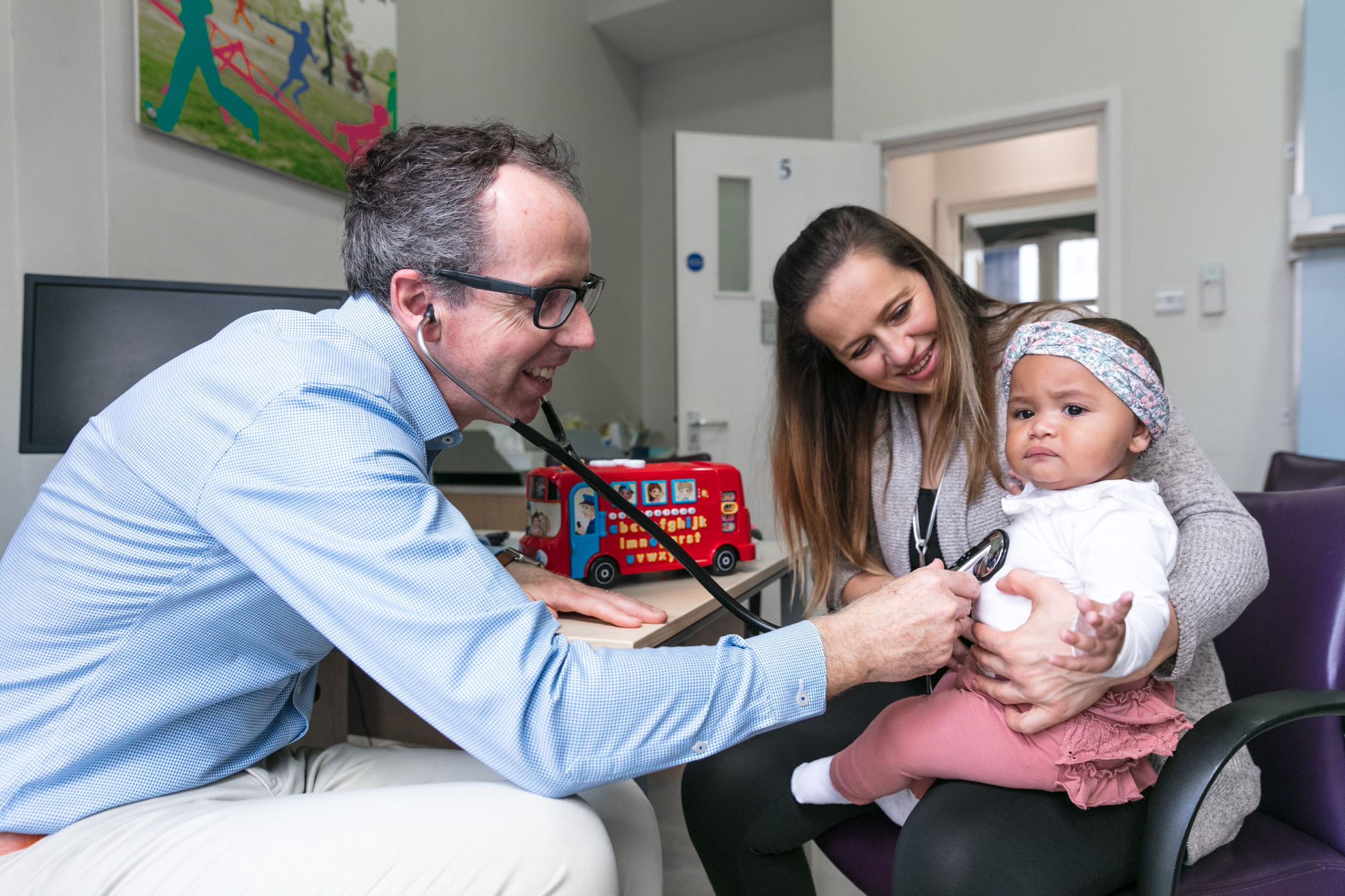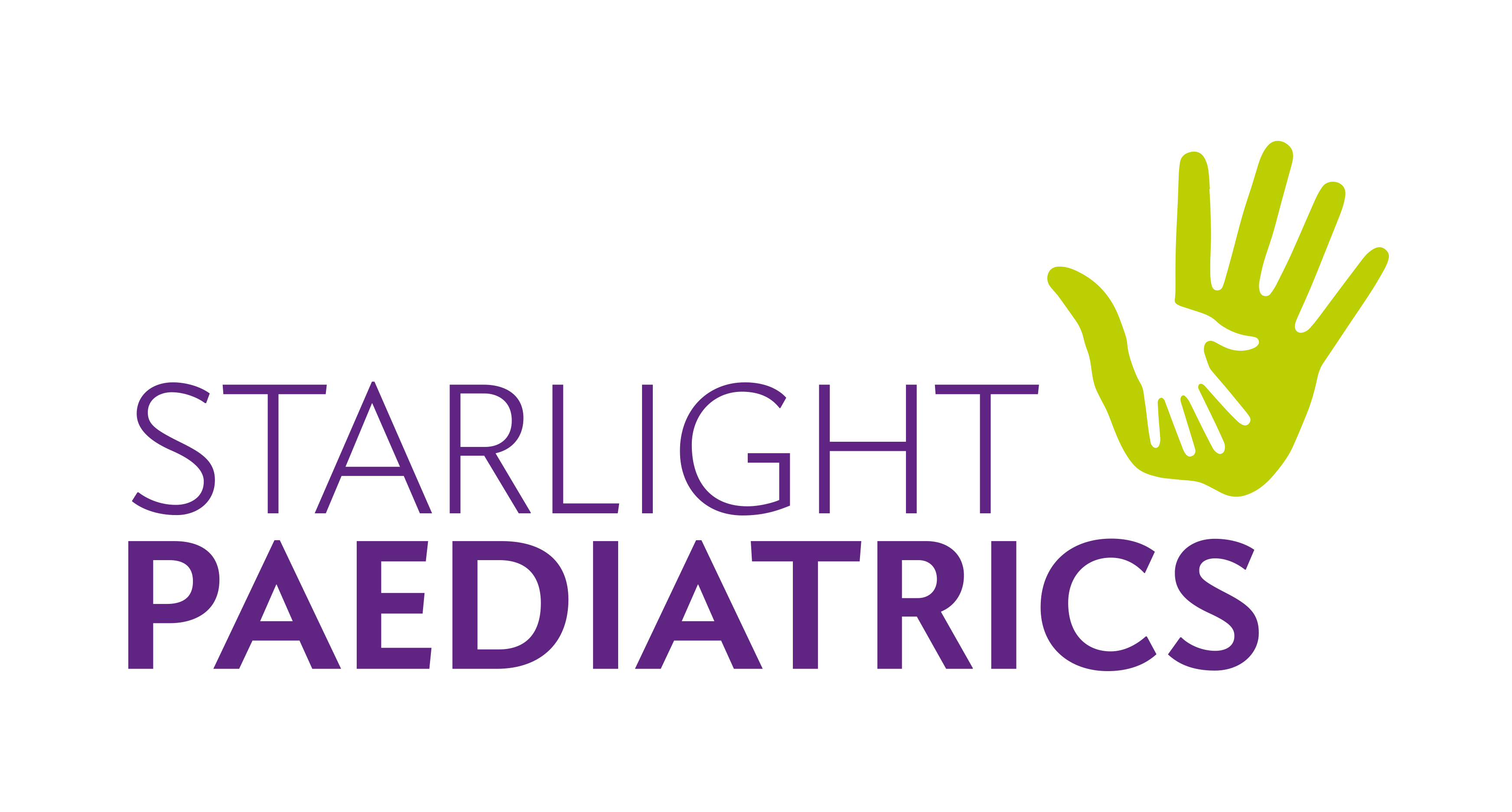
What to do if you child has D & V
Diarrhoea and vomiting are very common symptoms in children of all ages. In most cases they are caused by a virus that affects the gut (gastroenteritis). However, occasionally, such illnesses are caused by bacteria or infections elsewhere in the body. They may also be due to food poising or food allergy
Diarrhoea and vomiting are more serious in babies, infants and toddlers compared to older children. The younger age group are at a higher risk of becoming dehydrated.
The usual duration of vomiting is 1 or 2 days and diarrhoea 5 to 7 days. You should seek medical advice if your child’s symptoms do not resolve within these time frames.
The most important measure you should take as a parent is to keep your child hydrated. This usually entails encouraging your child to drink small volumes of fluids but frequently. If you are breastfeeding, you should continue to offer feeds but feed more often and/or give additional fluids such as water or Oral Rehydration Solution “ORS”. If your baby is bottle-fed, offer water or ORS in between feeds. For the older child, give ORS (a commonly available brand in the UK is Dioralyte, which comes in 3 flavours). If your child is taking solid foods and he/she is willing to eat, you can give bland, starch-based food (such as bread, dry biscuits, banana, apple, rice and plain pasta)
You should watch for the following signs, which would prompt you to seek urgent medical attention:
• inability to keep any fluids down
• fewer, lighter or no wet nappies
• sunken eyes
• dry mouth
• few or no tears when crying
• cold hands and feet
• changing responsiveness
• irritability or lethargy
• blood in the poo
• green vomit
• pale or mottled skin
• severe abdominal pain
• Fever (38C or above if under 3 months of age, 39C or above in children 3 months or older).

